A Clearer Vision in Training
As fitness professionals, what we can expect is the unexpected. Often the last person we think may send an inquiry, does. If you’re like me and the majority of your training is in-home, you often get the privilege to work with so many you may not otherwise in a traditional gym or studio setting.

The Unexpected Client
While I was used to receiving various inquiries from those with different chronic conditions or disease, disabilities and other limiting factors, the one I didn’t anticipate was a blind client. The first thing I did before responding was see what trainers in my area may be willing to work with this individual, no response, no one was interested. My first thought was my “scope of practice”. Surely this wasn’t in that category for me. While I took time to reflect on how I could possibly help this person, I did some asking around to a well-respected fitness professional not in my area. I asked him, “How do you train a blind person?” He responded by saying, “I have never had the chance to do that but I would say you train him just like anyone else.” That made complete sense to me in that moment. What I didn’t know I would research. Next, I would fully disclose that I did not have prior experience with training a blind person, but I would be happy to take him on. So, I did.
Learning Curve
In researching training the blind community and speaking with a few people in various agencies, I couldn’t get much beyond the science and statistics. No methods, no accommodations, no modifications, no advice, not much to guide me. I did learn about Orientation and Mobility Specialists and while that was needed in the beginning for my client, it was not needed for him to have at the time for the training to take place.
You adjust everything you know about training. A huge eye opener for me was learning that I had a vision dependency on cueing. My verbal cueing was subpar. Too often I was used to saying, “Watch me first, then you try,” then correcting form as needed. In programming for my client, I needed to better learn to be descriptive so that what he could not see, he could imagine in the mind. It had to make sense.
Tips
What helped me to make progress, not just with my blind client but in general, was to really read the descriptions of exercise, movement and anatomy. Even if I had to read it continuously to better explain, that is what I did. When something didn’t make sense, we just eliminated it and found a better option.
Learning to count steps was another big deal. It was critical to know how to express inches, feet, yards when walking or moving around. For example, we are 2 yards from your driveway, in 2 feet there is a table, it is 35 steps to your mailbox.
Blindfold yourself. Close your eyes when exercising. Have another trainer, family member or friend, tell you some of the exercises that you find hard to describe and learn from those examples. Get a real feel for what your client may experience. Learn how they use their cane and the types of canes (sticks). One wealth of information came to me from a blind athlete. He took time to talk to me and just reinforce how important it is for my client to be independent.
Announce what you’re doing before you do it. It’s the same with asking to touch a client, “Is it okay if I touch your elbow?” Or, “I am going to pick up these dumbbells.”
Challenges
Learning to not be so protective, smothering and motherly, as was my nature as a mother of five. I was scared every moment, what if my client falls, trips, bumps into the wall, anything. I felt I had to always be on guard and with the slightest change in movement or awkward movement, I would have my arm ready to catch if I needed. Too much! It was very helpful that a few times I had another trainer in training (my husband) come along with me and he brought it to my attention. I told him, I know I can do it, but what if something happens? He said, it just will and I can’t spend every minute in protection mode. It’s not good for me or the independence of my client.
Programming always changed. There were days we just walked because that was as much as my client could handle. Cancellations due to various reasons required me to step up and not be taken advantage of as well. Adapting to all of that and being patient in what my client needed took time.
Addictions (substance abuse). While I won’t get into much depth on this topic, there were many other challenges within this area that I was exposed to and needed to refer out and gain help for. Again, it was the unexpected.
Nutrition problems. Making sure my client was eating, what and when. There were many discussions we had regarding proper nutrition. Much of it would lead back to other barriers, such a cigarettes or substance abuse. It required other professional intervention, as I am not a Registered Dietitian, but we did review general eating habits and good vs bad. Occasionally, we got it just right.
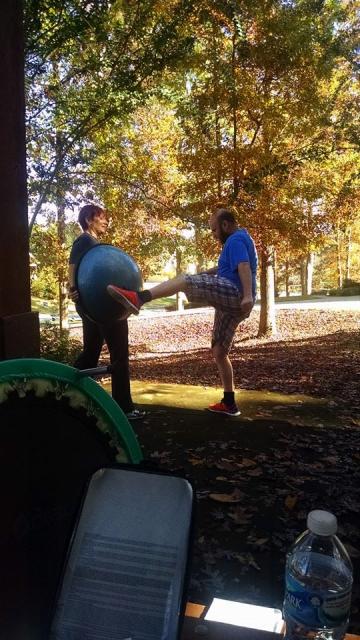
The Workouts
While the primary goal was weight loss and increased strength for my client, we tackled everything. We incorporated cardiovascular activities and ones we did often were running together with a rope (tether), jumping jacks, and walking. But every part of the programming goals were to incorporate functional exercises which all required flexibility, balance, core, resistance, strength training, and what my client could focus on doing alone. We used dumbbells, resistance bands, sandbells, medicine balls, jump ropes, tires, picnic table, stairs, Airex pad and simply bodyweight. The most important use of all the exercise was in how it would further benefit my client and the goals we set. Nothing should be useless training.
In closing
While there is so much more to be said on how I trained my blind client, the most important message to relay is to not be afraid of what you can’t do, but do what you can. We should always ask questions, always expand our knowledge and do what we as fitness professionals are here for — to assist in living a healthier, active lifestyle. We can’t promise the moon, but it is our responsibility to do the very best we can within our scope, and what we are hired for. If you’re doing that, than you are probably doing it well.
Dawn Baker is an Independent Contractor Personal Trainer, founder of One Accord Fitness LLC and has been changing lives in the fitness industry for 6 years.




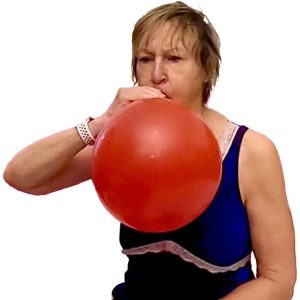

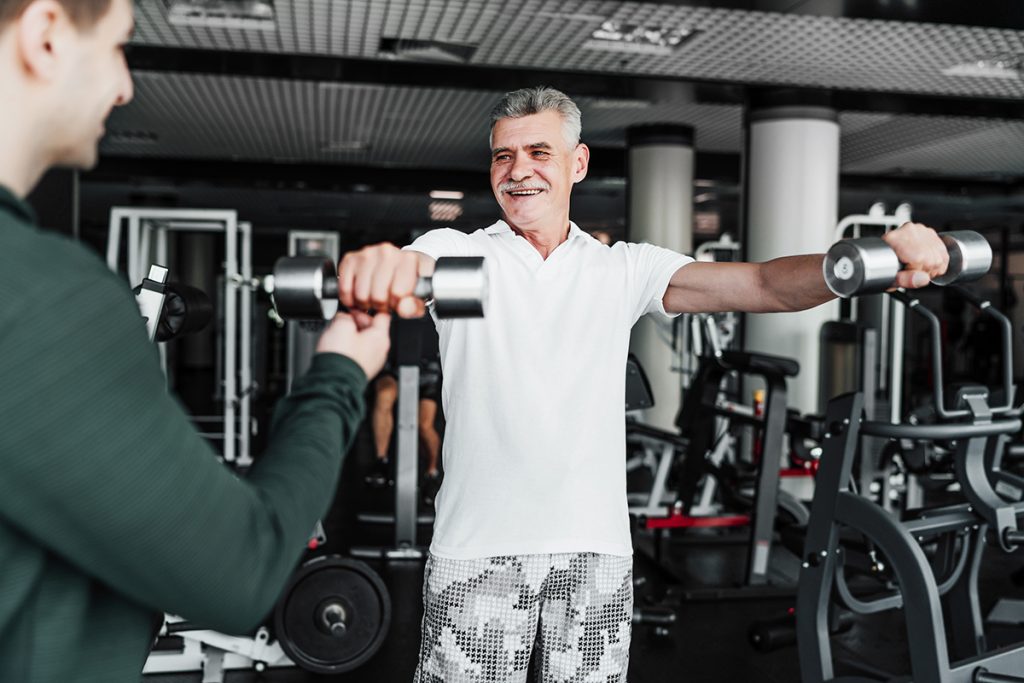


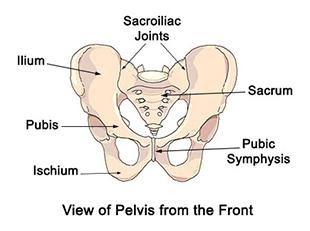
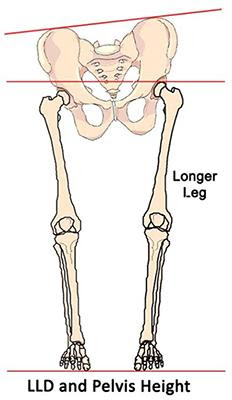
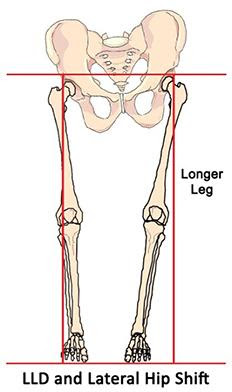





 To guide coaches, the National Board for Health and Wellness Coaches (NBHWC) has developed a Scope of Practice Statement. Here is the part most relevant to our question:
To guide coaches, the National Board for Health and Wellness Coaches (NBHWC) has developed a Scope of Practice Statement. Here is the part most relevant to our question:

